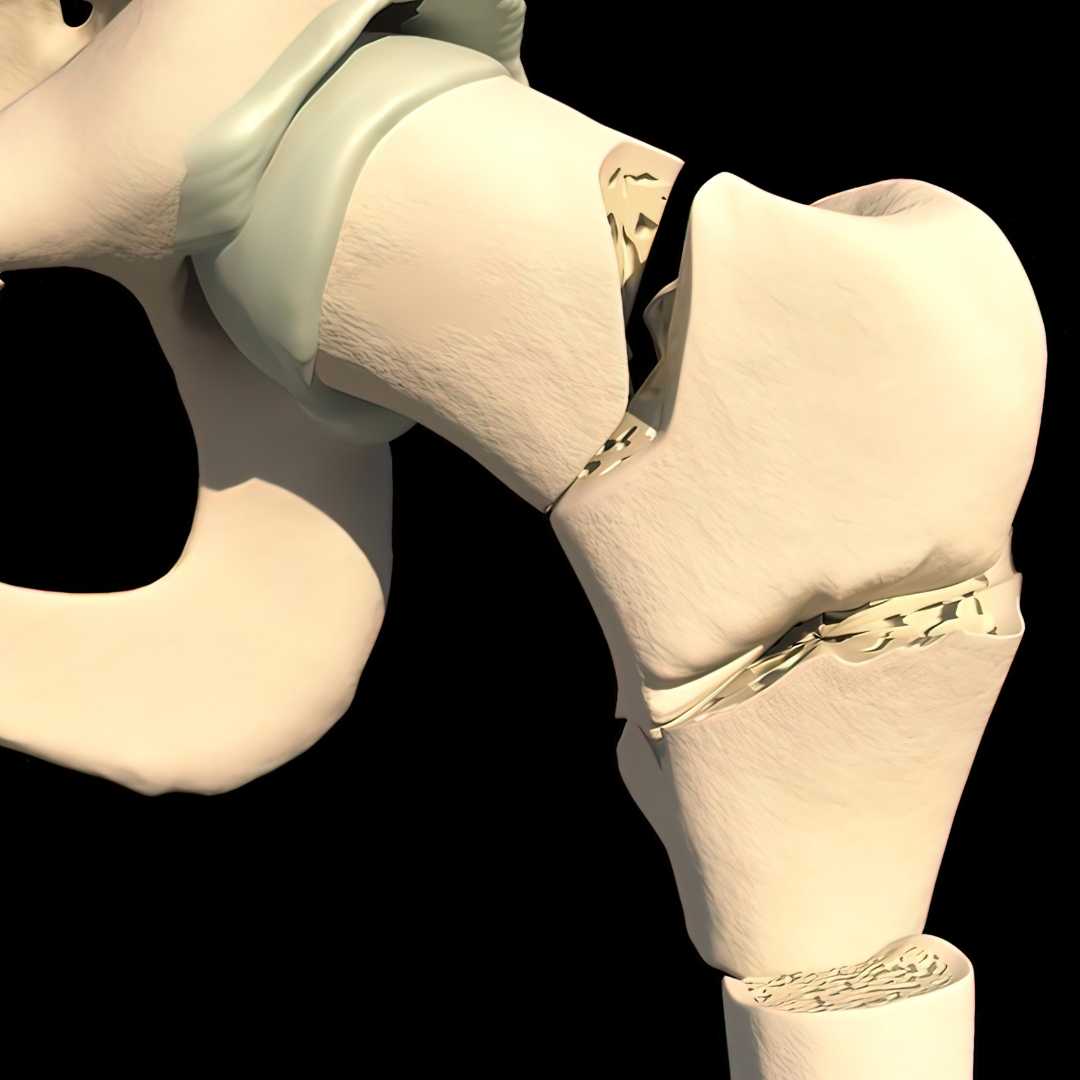Classified as a foot deformity, a bunion is a bony bump that forms between the first and second joint of your big toe. When you have a bunion, your big toe points toward your second toe. Women are more likely than men to develop bunions. The bunion consists of both bone and soft tissue, and it can be very painful.
Bunion surgery (bunionectomy) generally involves an incision in the top or side of the big toe joint and the removal or realignment of soft tissue and bone. There are over 100 surgeries for bunions, and more than one procedure may be done at the same time. Some of the most common types of bunion removal procedures are:
- Osteotomy
- Exostectomy
- Arthrodesis
- Resection Arthroplasty
- Repair of the Tendons and Ligaments Around the Big Toe
What causes bunions?
The most common cause of bunions is the prolonged wearing of poorly fitting shoes, that squeeze the toes into an unnatural position. Bunions also may be caused by arthritis, polio, or even heredity, but these causes account for only a small percentage of bunions.
You are most likely an ideal candidate for bunion surgery if:
- Your pain restricts you from completing everyday routines or activities
- Your big toe remains swollen and painful even with rest and medication
- You can’t bend or straighten your big toe
Treating bunions in Europe
Bunionectomy is highly successful. The usual recovery period after bunionectomy is 6 weeks to 6 months, but complete healing may take as long as 1 year. Expect your foot to remain swollen to some degree for several months after bunion removal. Bunion removal surgery is usually an outpatient procedure, meaning that you go home within a few hours after the operation is completed.
Where you can go for bunionectomy in Europe:
-
Coxa Excellence Hospital for Joint Replacement, Tampere, Finland
-
KCM Clinic, Jelenia Gora, Poland
-
Ekol Hospitals, Izmir, Turkey
-
Istituto Auxologico Italiano, Milan, Italy


.png)



.png)

.png)
.png)


.png)
